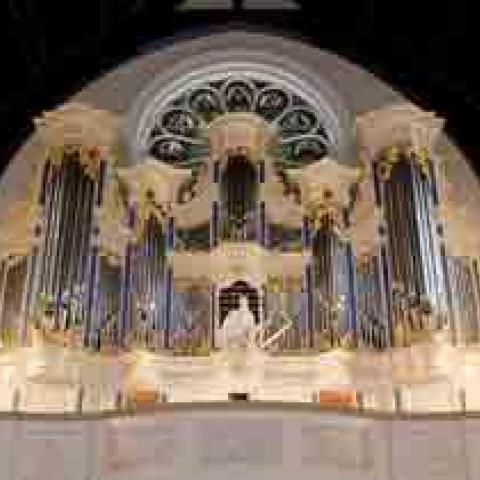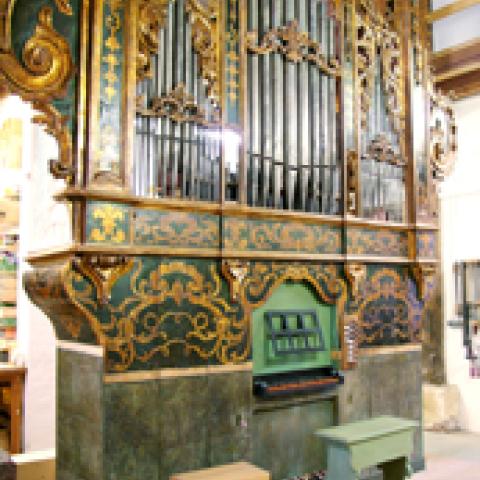Eastman School of Music, with the Organ Historical Society and the Westfield Center, presents EROI Festival 2009: Mendelssohn and the Contrapuntal Tradition, October 29–November 1 in Rochester, New York.
Presenters include Celia Applegate, John Michael Cooper, Laurence Libin, Wm. A. Little, Russell Stinson, Nicholas Thistlethwaite, R. Larry Todd, Jacques van Oortmerssen, and Christoph Wolff; concerts by the Eastman Chorale, Christ Church Schola Cantorum, Hans Davidsson, Delbert Disselhorst, David Higgs, William Porter, and Eastman students.
For information: www.esm.rochester.edu/EROI.
EROI Festival 2009 focuses on Mendelssohn and the Contrapuntal Tradition, Oct 29–Nov 1
Related Content
Interaction between Organ and Voice is Topic of 2016 EROI Festival
The 2016 EROI (Eastman Rochester Organ Initiative) Festival will explore historical, conceptual, and practical aspects of the interaction between organ and voice from October 26 through 28 at the University of Rochester’s Eastman School of Music. Titled “Breath for Singing: The Organ and the Human Voice,” the festival also features the premiere performance of a new hymn commissioned for the conference, with text by Yale theologian and poet Thomas Troeger and music by internationally recognized composer Nico Muhly.
A four-day festival (22-25 October) of marking the tenth anniversary of the installation of Eastman’s Italian Baroque Organ at the Memorial Art Gallery
Performing History: The Italian Baroque Organ and Its Cultural Intersections
GENERAL INFORMATION
A four-day festival (22-25 October) of concerts, masterclasses, and paper sessions, marking the tenth anniversary of the installation of Eastman’s Italian Baroque Organ at the Memorial Art Gallery, Rochester, NY.




